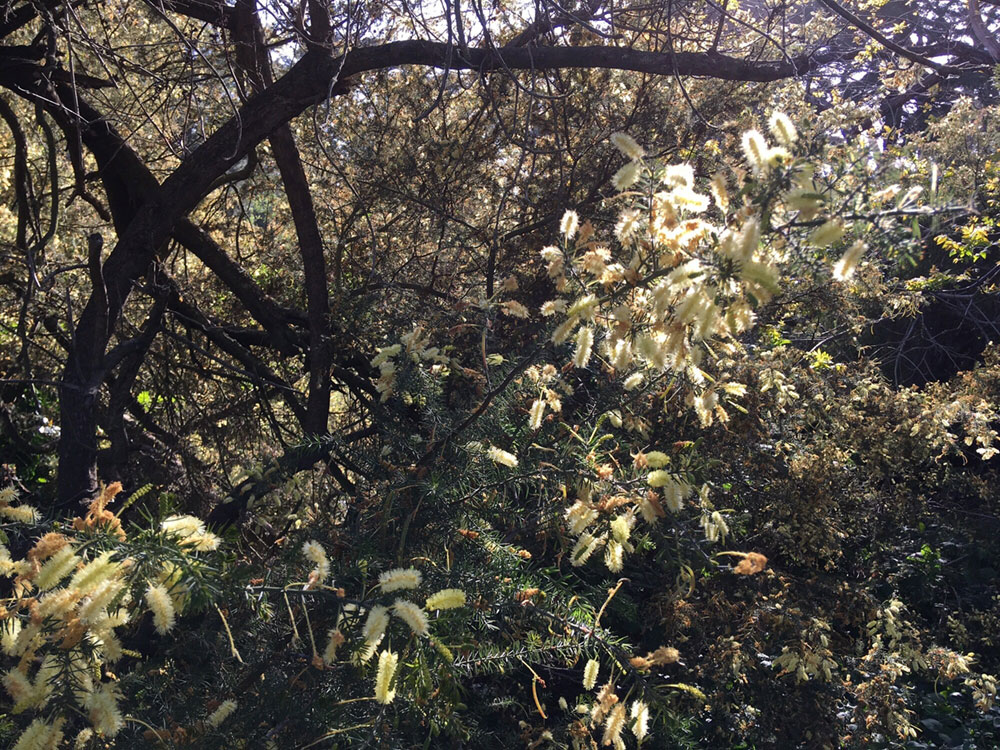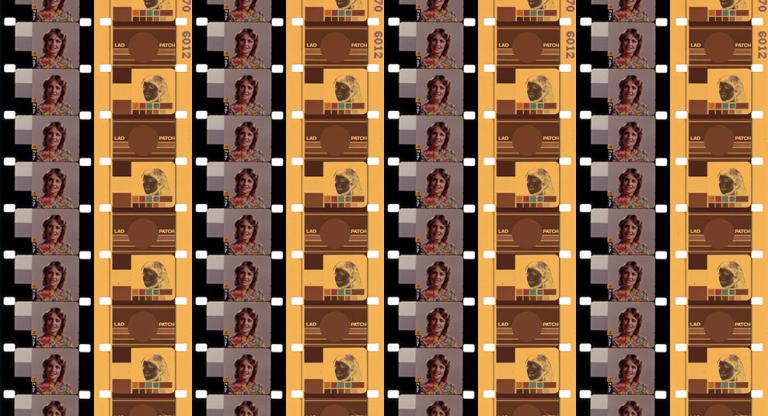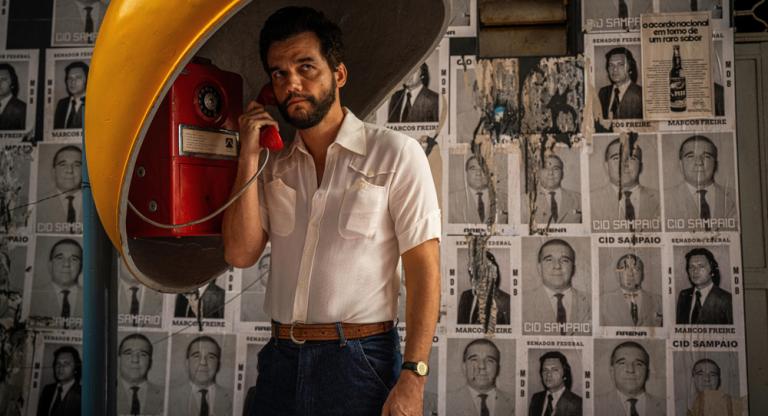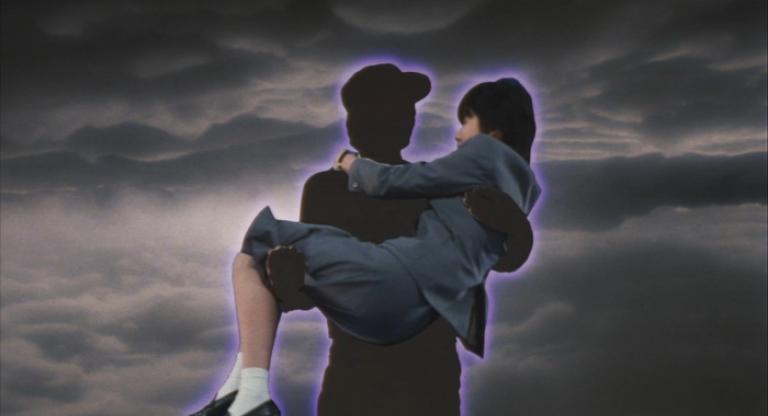"Excuse all of my titles," Nathaniel Dorsky says in a prerecorded video introduction, the many charms of which send the audience already elated into a program of six recent 16mm films—Canticles (2019), Lamentations (2020), Temple Sleep (2020), Emanations (2020), Ember Days (2021), and Terce (2021)—spanning these years of the pandemic and shown in the order of their making. Any writing about Dorsky’s work should serve only as recommendation to the uninitiated, with the caveat that (as Mark McElhatten writes in the précis to his MoMA "Carte Blanche" series, of which these screenings are a part) this program is "an experience that can't be summarized made up of films that can't be told."
By manipulating the camera's aperture as he films, Dorsky can make dawn come and go from his riverside scene. He can make the sun collide with the earth. Every f-stop reveals something new, obscures something else. McElhatten said that these films "radiate" off of the screen, and indeed the image sometimes pulses with what might be particle emission, cherry blossoms blanching and blistering before they are snuffed out, again and again. In the silence of the theater the subway, through the earth behind the screen, sounds as though someone were moving a table around, and combines with the blood in one's ears to dull that sense and enhance the others, an appropriate accompaniment.
Unlike some other cinematic expressionists, Dorsky tends not to linger long on any one indulgence of vision, disciplining his eye with the film cutter's blade. Wind blows staccato through the trees and formations of clouds shudder in the sky. The longest uninterrupted shots, by my measure, involve people, featured only occasionally and always with reverence, as when Dorsky perches in the window of a Market Street Starbucks, collecting Californian light and the perturbations thereof among passersby. He seems drawn to disturbances in neutral media: water, air, light, and glass. The camera lens itself is sometimes the surface of interest. He becomes quickly, but not easily, fascinated with his surroundings, focusing on the areas of least visual coherence, in which motion of two or more types might be observed. Whatever falls in his path is equalized by his attention. Flora's shimmering browns and greens receive the same treatment as gaudy junk shop glitz or even an LED billboard.
There are no riddles here, but only phenomena: doubled and tripled shop window reflections and translucencies; silhouettes blotting a perforated vinyl scrim; registrations of wind on the surface of a reservoir like the murmurations of birdflight. His subjects are near, but vast. There is a sort of suspension of both scale and speed. Some sections must have been time-lapses and others slow-motion, but one does not wonder at this while watching. (Only in retrospect does the conceptual poignancy of these techniques, common to the nature films from whose editing Dorsky makes his living, occur.)
These films do not end so much as stop, often at the moment of peak interest and intensity. McElhatten, who had the privilege of sitting with Dorsky as he edited, describes his “frenzy” as both the tossing of pizza dough and a drum solo, evoking either way the expert's feel for their chosen material. No filmmaker has ever made the image more like a touch.
Recent work by Nathaniel Dorsky screens tonight, November 1, at the Museum of Modern Art.




